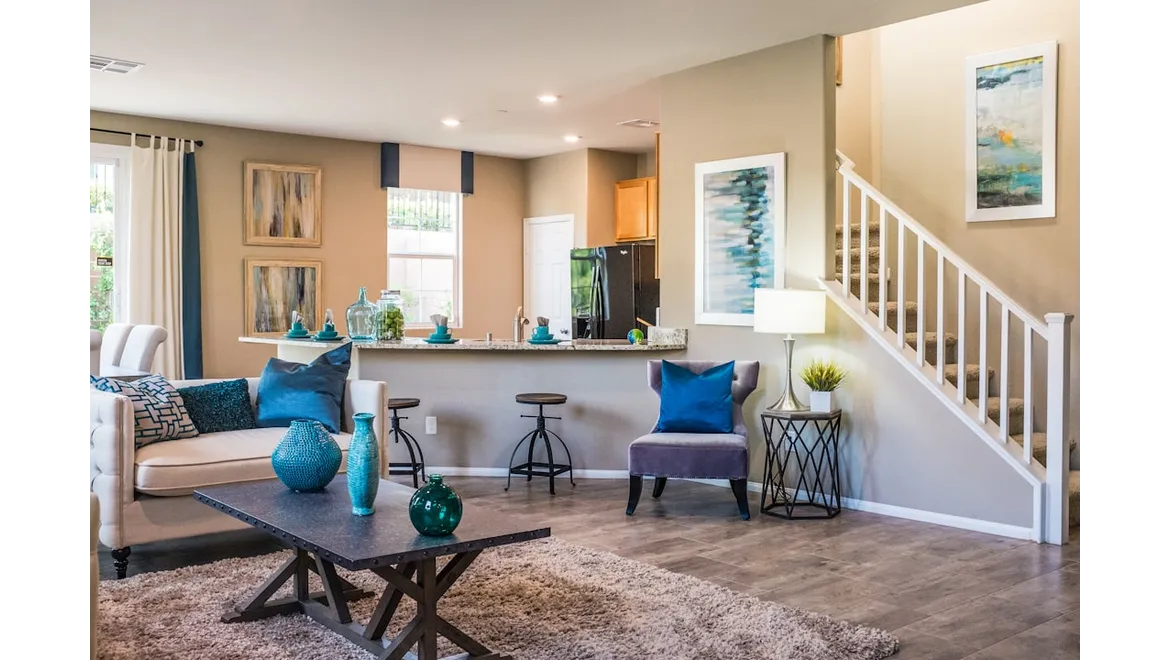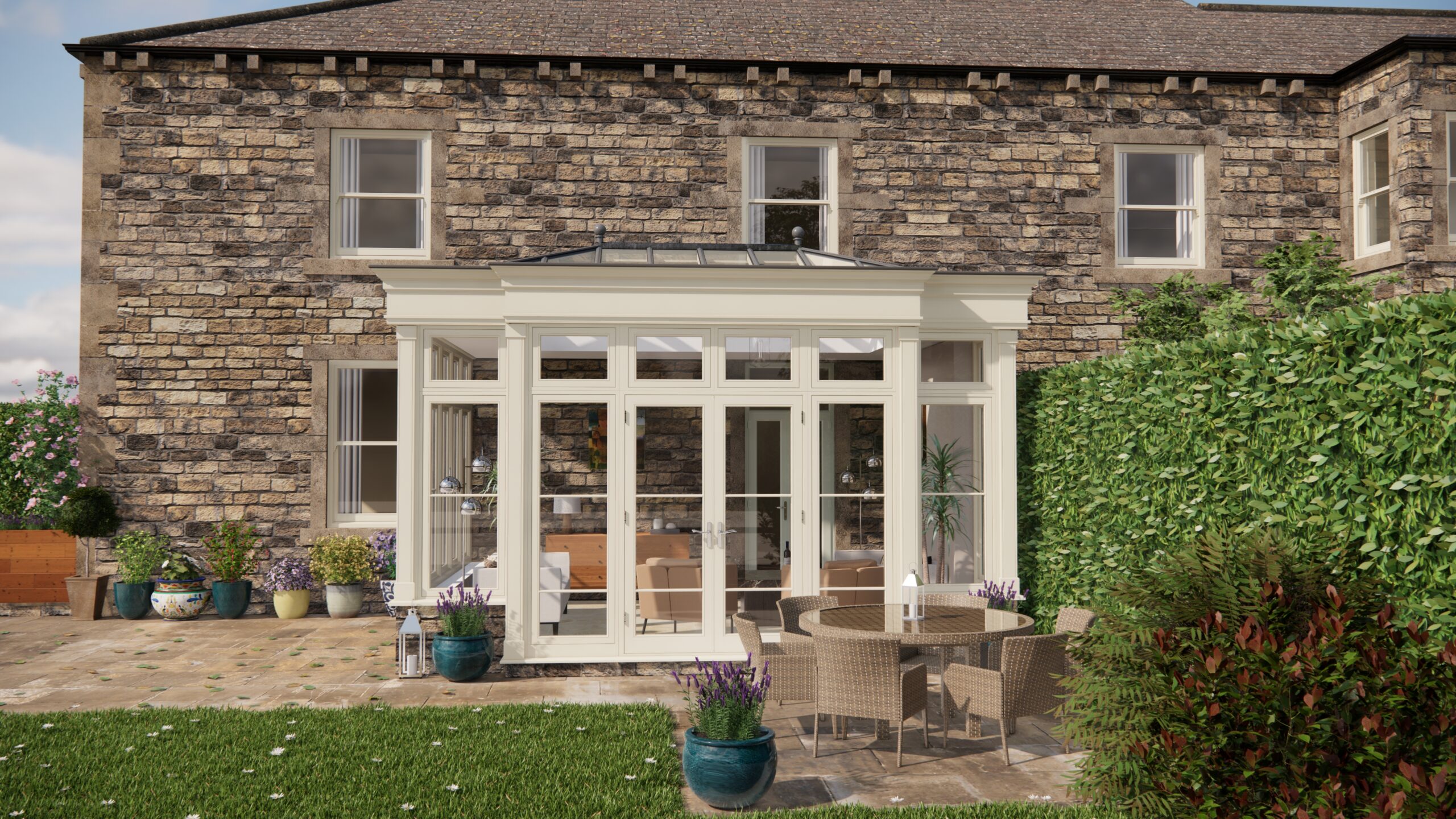Right, let’s talk about something close to my heart: turning your home into a sanctuary for both body and mind. As a writer immersed in the world of wellness and home design, I’ve spent countless hours exploring how our immediate environment profoundly impacts our mental state, our motivation, and our overall sense of well-being. It’s more than just aesthetics; it’s about building a space that actively supports your journey to a healthier, happier you.
My recent dive into “Home Workouts for a Healthy Mind” really solidified this idea. It’s not just about squeezing in a few jumping jacks; it’s about consciously integrating exercise into the fabric of your daily life, leveraging your home space to support that goal. Think about it: our homes can be sources of stress – cluttered spaces, reminders of chores, the endless pull of the sofa and TV. But they can also be powerful allies in our quest for well-being. It’s all about making informed choices, and I’m going to break down how you can do just that, replicating a journey I’ve already taken.
The Psychological Punch of Home Workouts:
We all know exercise is good for us, but understanding why is crucial. Physically moving your body, it’s scientifically proven, triggers the release of endorphins, those natural mood boosters that combat stress and anxiety. But there’s something particularly potent about exercising at home. The convenience eliminates a major hurdle – the dreaded commute to the gym! This alone can be a significant anxiety reliever. Furthermore, exercising in a familiar and safe environment allows you to fully relax and focus on your body without the self-consciousness or distractions that can sometimes plague a gym visit.
Actionable Steps: Weaving Exercise into Your Day:
Okay, so you’re on board with the idea. Now, how do you actually do it? Here’s a breakdown, based on strategies that have worked for me and others I’ve researched:
- Start Small, Stay Consistent: Don’t aim for marathon sessions right away. Begin with 15-20 minutes of movement you genuinely enjoy. A brisk walk around the block, a quick yoga flow, or even dancing to your favourite tunes. The key is consistency. Aim for the same time each day, building it into your routine like brushing your teeth. For example, I aim for some light stretching every morning before my first coffee.
- Dedicated vs. Shared Spaces: Not everyone has the luxury of a dedicated home gym, and that’s perfectly fine! Consider which activities need dedicated spaces. My yoga mat might not be obtrusive, but my weight set could be. A corner of your living room, a spare bedroom, or even a well-ventilated garage can be transformed into a workout zone. If space is limited, think creatively about shared spaces. Invest in storage solutions to quickly clear the area when you’re finished. I use a large ottoman with storage space that can easily swallow up my yoga equipment after a session.
- The Yoga at Home Option: Yoga can be practiced by people of all ages and abilities. If you have children, start early introducing them to yoga for the young to get into the spirit of healthy living, you don’t have to be an expert to offer basic instruction and encouragement. The best thing about yoga is the space required and the ability to do it almost anywhere. If you have the option of an indoor studio and also the outside space, it allows you the opportunity to consider the light and the mood that you are trying to set for each activity.
- Leverage Your Home’s Unique Features: Maybe you have a staircase you can use for cardio, a garden perfect for outdoor yoga, or a sturdy door frame ideal for pull-ups. Get creative and use what you’ve got!
The Orangery Advantage:
Now, let’s get a bit aspirational. I’ve noticed a recurring theme in the wellness articles I’ve read: the transformative power of natural light and connection to nature. This is where an orangery really shines. The abundance of natural light streaming through the glass creates an incredibly uplifting and energising atmosphere, ideal for yoga, meditation, or even a high-intensity workout. Plus, the connection to the outdoors – even if it’s just a view of your garden – can significantly reduce stress and boost your mood. It’s like bringing the outdoors in, creating a space that naturally encourages movement and relaxation.
The Psychology of Space, Summed Up:
It’s important to consider the fact that the psychology of a living space is of greater importance to overall wellbeing than you might imagine. The home should be an extension of self and a facilitator for a healthy lifestyle. So, whether you’re creating a dedicated workout zone or simply weaving movement into your existing spaces, remember that intentionality is key. When you curate a space that supports your physical and mental well-being, you are actively creating a sanctuary – a place where you can thrive and be your best self. Small changes can make a significant difference, ultimately boosting your mood, motivation and overall wellbeing.


